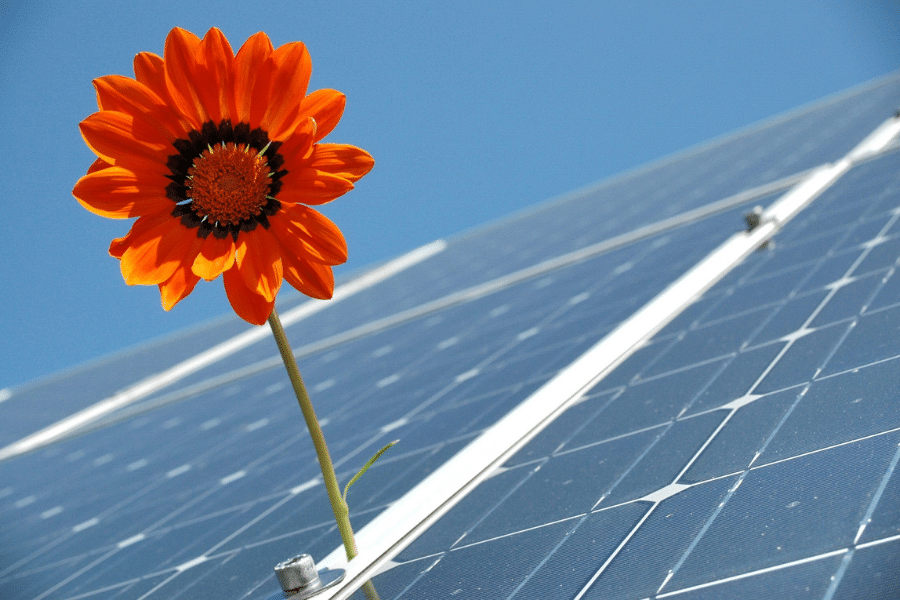This Week in Solar: Australia’s first solar panel recycling facility to be established in Adelaide
1. Australia’s first solar panel recycling facility to be established in Adelaide Australia’s first dedicated solar panel recycling company has...
1 min read
![]() Solar Trust Centre Team
:
Jun 27, 2016 12:36:47 AM
Solar Trust Centre Team
:
Jun 27, 2016 12:36:47 AM
More than 23 million solar panels are installed in Australia and about 222 gigawatts of PV modules are already in place around the world. This will present a significant business opportunity in recycling as stated by the International Renewable Energy Agency as reported by Energy Matters.
Reduce, reuse and recycle are the 3Rs of sustainability and the concept applies to all “green” products like solar modules as much as any other. We all know that a high quality solar panel will last for decades, but again, it would eventually end up as waste. A report that was released by IRENA and the International Energy Agency’s Photovoltaic Power Systems Programme, states that solar panel waste could total to 78 million tonnes worldwide by the year 2050. Even by the end of this year, the total {V waste stream is expected to have reached anywhere from 43,500 to 250,000 metric tonnes.
The solar panel waste only represents a tiny percentage of global e-waste now, but by the year 2050, the amount of PV waste could exceed 10% of the record global e-waste added in 2014. This presents a big challenge, but also a multi-billion dollar chance as most of the materials in solar panels and modules can be recycled. A solar panel usually is made up of aluminium, silicon and glass. More than 90% of a module’s parts can be repurposed and recycled into more solar panels or other renewable items. Plus, this can be done at a profit.
IRENA said that if fully injected back into the economy, the value of the recovered material can surpass US $15B by 2050. The potential influx of materials can make 2 billion new solar panels or it can be sold into global commodity markets. This will boost the security and the future PV supply or other products that are dependent on raw materials. With the addition of recycling materials, early failures in solar panels present repair and re-use opportunities. Once these panels are repaired and offered at reduced prices, the panels can be sold and be useful in developing nations with very limited financial resources.
Recycling can also restrict hazardous materials like gallium, selenium, indium, cadmium, tellurium and lead to contaminate the environment. According to the IRENA Director-General Adnan Z. Amin with the enabling frameworks and right policies and in place, new industries that repurpose and recycle old solar panels will drive considerable value creation and will be an important factor in the world’s transition to a sustainable energy future.
Click here to read the full story on Energy Matters
1. Australia’s first solar panel recycling facility to be established in Adelaide Australia’s first dedicated solar panel recycling company has...

1. Sydney councils are doubling their solar generation Blacktown City Council is not here to give dolphins haircuts, the Sydney district is wasting...